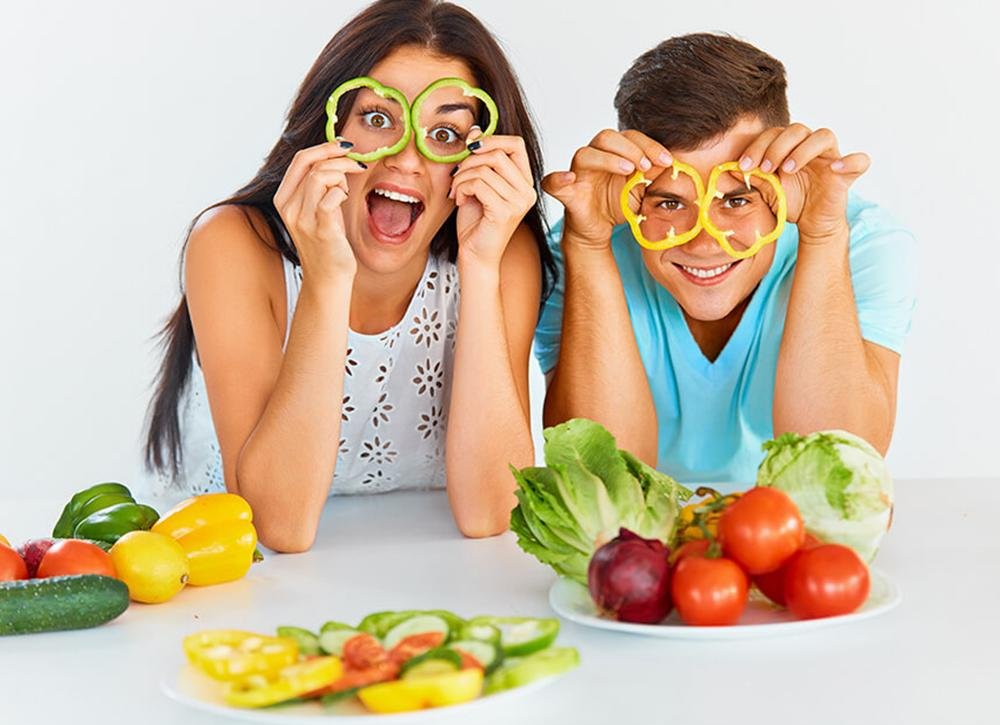In the previous article, we discussed “What is the difference between polarized sunglasses and non-polarized sunglasses?”. In this article, let’s talk about “What kind of food is good for your eyesight?”.
Everyone says that the eyes are the window of the soul. Obviously, the eyes have a greater effect on the human body. The importance of the eyes is obvious in life, work, study, and even daily social life. However, various factors cause eye diseases, including myopia, conjunctivitis, glaucoma, and other related eye diseases. Therefore, good habits such as the scientific use of eyes should be cultivated in life. In addition to the scientific use of eyes, nursing work in the diet is also essential. So, what foods are good for the eyes?
Foods containing protein
Protein is the foundation of vision development. The eye is one of the important organs of the body. The normal function of the eye and the renewal of the tissue are inseparable from protein. If protein is lacking for a long time, it will cause the decline of the function of the eye, the loss of vision, and various eye diseases. Meat, seafood, milk, eggs, beans, etc. are rich in high-quality protein.
Foods containing vitamin A
Vitamin A is the most important nutrient for maintaining normal vision. Enhancing the intake of vitamin A plays a very important role in protecting eyesight. The best sources of vitamin A are liver, milk, and eggs of various animals, as well as red-yellow and dark green vegetables and fruits rich in carotene. One egg a day, one to two cups of milk, one red or yellow vegetable or fruit, and one pig liver once a week can prevent vitamin A deficiency.
Foods containing vitamin B1
Vitamin B1 is a nutrient for the optic nerve. When it is insufficient, the eyes are prone to fatigue. Vitamin B1 is rich in grains, wheat, beans, and other coarse grains. In addition, animal offal, lean meat, and nuts are also rich in vitamin B1.
Foods containing vitamin B2
Vitamin B2 ensures the normal metabolism of the retina and cornea. Without vitamin B2, symptoms such as tearing, red eyes, itching, and eye cramps are prone to occur. Vitamin B2 is most abundant in meat, fish, egg yolk, and milk.
Foods containing vitamin C
Vitamin C is one of the components that make up the eye lens. Lack of vitamin C can easily cause crystal turbidity. Foods rich in vitamin C include a variety of fresh vegetables and fruits, especially green peppers, cucumbers, cauliflower, cabbage, fresh jujube pears, oranges, grapefruits, and other foods that have higher vitamin C content.
Foods containing selenium
Selenium is extremely important for the function of the visual organs. Selenium is needed to control the contraction of the muscles that govern eye movement, the expansion and contraction of pupils, and the maintenance of normal eye color discrimination. Selenium is also one of the important components of a non-specific antioxidant (glutathione peroxidase) in the body, and this substance can remove peroxides and free radicals in the human body (including the eyes) and protect the eyes from damage. Therefore, you should pay attention to the supplement of selenium in your daily diet. For example, eating animal liver, lean meat, corn, onions, garlic, oysters, fish, and mussels can increase the intake of selenium.
How to protect eyes
-
Comfortable light can get good visual information, too strong or too dark light will bring bad effects to the eyes. Therefore, the desk where young people usually read should have a sidelight device to reduce reflections and reduce eye damage.
-
Pay attention to rest. Teenagers do not rest for a few hours to read and write, watch TV, use the computer. This not only affects their health, but also makes their eyes too tired, and easily leads to accommodative (or functional) myopia, namely Pseudo-myopia. Moreover, the extraocular muscles will exert pressure on the scleral tissue of the eyeball wall, the intraocular pressure will increase, and the intraocular tissue will be congested. Therefore, it is advisable for students to take a short break every 50 minutes to read and study.
-
Reduce the use of electronic products. In daily life, try to minimize the use of TV, computers, mobile phones, etc. The X-rays radiated by these devices consume a large amount of rhodopsin in the retina and cause vision loss.
-
Work and rest time should be regular, and sleep should be adequate. Insufficient sleep can cause conjunctival hyperemia, increased secretion, photophobia, tearing, and sore eyes, etc.
-
Try to avoid damage to the eyes by sand, smoke, ultraviolet rays, infrared rays, chemicals, medical supplies, etc. Personal hygiene should keep clean. Personal items such as towels, washbasins, handkerchiefs, etc., should be dedicated to someone. Don’t use other people's items to avoid cross-infection, eye diseases, and vision loss.
-
Nutritional intake should be balanced. A partial diet or excessive intake of sugar and protein, resulting in a lack of trace elements such as zinc, calcium, and chromium, are not conducive to healthy eyesight. The prevention method is to eat more vegetables, fruits, liver, fish, and other foods.
The eye is one of the important organs of the human body. With age and unhygienic use of eyes, related eye diseases can be caused, which not only troubles the treatment but also affects daily life. Therefore, it is necessary to develop reasonable eye use and care, and the foods can be used to improve or protect the eyes and help prevent eye diseases.
Thank you for your time in reading our passage “What kind of food is good for your eyesight?”. For more information about eyeglasses and sunglasses, please continue to follow KoalaEye Blog. Also, it is welcome to share and forward to Facebook and Twitter.





































